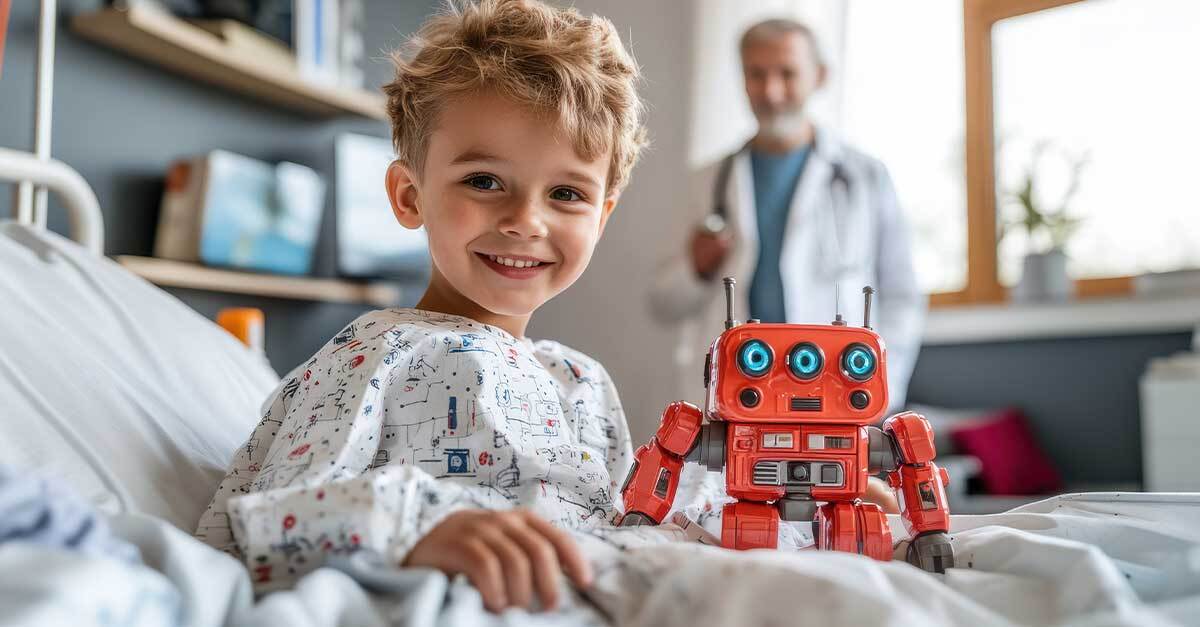At the recently concluded HIMSS25, the annual conference of the Healthcare Information and Management Systems Society, AI was the clear trend of the year. HIMSS President Harold Wolf joked in his opening remarks that he challenged attendees to find ten booths that didn’t mention AI. After walking the floor, it was clear this was an apt assessment.
If you looked carefully though, there was an interesting counterbalance to this evolution in healthcare technology—the need to maintain the human touch in the care experience. The keynote address, “Shaping the Future of Healthcare: A Collaborative Care Journey Where Technology and Humanity Coexist,” seemed poised to address this, but mostly skirted around the edges—although pediatric care robots Lumi and Nova did raise interesting questions about what constitutes a “personal touch.” A later session, “From Data to Dialogue: Transforming Charts into Patient-Provider Relationships,” really delved into the theme fully. The speakers started by taking us back to the early days of family physicians who ushered you from cradle to grave, before pondering how AI can help foster a similar relationship in today’s complex health system.
It is indisputable that AI has the power to create efficiencies. To streamline workflows. To gather and digest data at an unprecedented rate. But in healthcare, as in so many industries, the challenge is how to capitalize on those efficiencies while still creating a warm, welcoming experience.
It is a question of engagement: for clinicians, how to engage meaningfully with their patients. For technology companies, how to engage meaningfully with providers and payers to understand their challenges and enable them to deliver better outcomes for those same patients.
This challenge, this question of how to engage meaningfully, is one that brands grapple with every day. And, perhaps ironically, it is a challenge that AI is better equipping us to address. Brands can now learn more about their audiences than ever before. They can conduct social listening, to hear consumers’ own words about a brand and its competitors. They can run predictive models, to map the true causal relationships between variables and understand which attributes drive results. They can build machine learning models that predict marketing and brand ROI.
In all those cases though, AI only provides the foundation. You need human intellect, human empathy, human creativity, to take this information and build meaningful brand interactions. Just as clinicians, and those who partner with and support them, are recognizing that the proper role for AI is in addition to, not in replacement of. And that the way to deliver the best care experience is to keep humanity in the equation.


